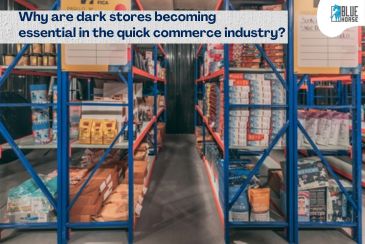How Single Page Applications Work with Angular and Laravel- A comprehensive guide
Single Page Applications (SPAs) have revolutionized the way we interact with web applications, providing a seamless and dynamic user experience. In this blog post, we'll delve into the mechanics of SPAs and explore how they work using the Angular front-end framework in conjunction with the Laravel back-end framework.
The Angular CLI (Command Line Interface) is a powerful tool that provides numerous advantages for Angular developers in terms of efficiency, project structure, and automation.
What is a Single Page Application (SPA)?
A Single Page Application (SPA) is a type of web application that dynamically updates the current page instead of loading entirely new pages from the server when interacting with the user.This approach creates a smoother and more responsive user experience, similar to that of a desktop application.
Angular: Powering the Front-End Angular is a popular open-source front-end framework developed and maintained by Google. It is well-suited for building SPAs due to its robust features and modular architecture. Angular provides a rich set of tools for handling components, routing, and state management.
Key Features of Angular for SPAs:
1. Components: Angular applications are built using components – self-contained, reusable building blocks that encapsulate HTML, CSS, and TypeScript code.
2. Routing: Angular's router enables navigation between different views or components within the application without triggering a full-page reload. This is essential for creating SPAs.
3. Services: Services in Angular facilitate data sharing and communication between different components. They play a crucial role in fetching data from the back end.
4. Dependency Injection: Angular's dependency injection system allows for efficient management of dependencies within the application, ensuring clean and maintainable code.
Laravel: Empowering the Back-End Laravel is a powerful and elegant PHP framework known for its expressive syntax and developer-friendly features. When combined with Angular, Laravel serves as the back-end API, handling data storage, retrieval, and business logic.
Key Features of Laravel for SPAs:
1. RESTful API: Laravel makes it easy to create a RESTful API that Angular can communicate with. This API serves as the bridge between the front-end and the database.
2. Eloquent ORM: Laravel's Eloquent ORM simplifies database interactions, providing an intuitive and expressive syntax for working with databases. Models in Laravel represent database tables, making data retrieval and manipulation seamless.
3. Authentication and Authorization: Laravel includes built-in tools for handling user authentication and authorization. This ensures that only authorized users can access certain parts of the application.
4. Middleware: Middleware in Laravel allows you to filter HTTP requests entering the application. This can be utilised for tasks like logging, authentication checks, and CORS handling.
Building the SPA: Angular + Laravel
1. Project Setup:
Set up an Angular project using the Angular CLI.
Create a Laravel project or use an existing one.
2. Front-End Development:
Design and implement components for different views.
Configure routing for seamless navigation.
Utilise Angular services to interact with the Laravel API.
3. Back-End Development:
Develop Laravel routes and controllers to handle API requests.
Leverage Eloquent models for database interactions.
Implement authentication and authorization checks.
4. Integration:
Connect the Angular application to the Laravel API using HTTP requests.
Ensure proper CORS configuration for cross-origin communication.
5. Testing and Debugging:
Test the application to ensure data flows smoothly between the front end and back end.
Use debugging tools in both Angular and Laravel to identify and fix issues.
Conclusion: In this blog post, we've explored the synergy between Angular and Laravel in building single-page applications. By combining Angular's powerful front-end capabilities with Laravel's robust back-end features, developers can create modern and responsive web applications. The modular and scalable nature of this stack makes it an excellent choice for projects of varying complexities. Whether you're a seasoned developer or exploring the world of SPAs for the first time, Angular and Laravel provide a potent combination for crafting engaging and efficient web applications.





















Comments